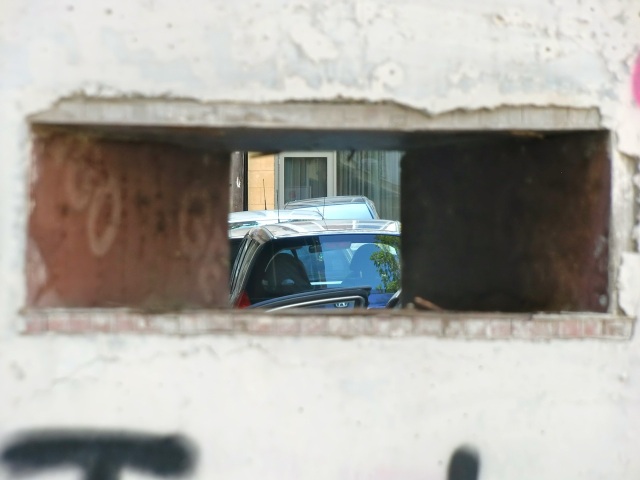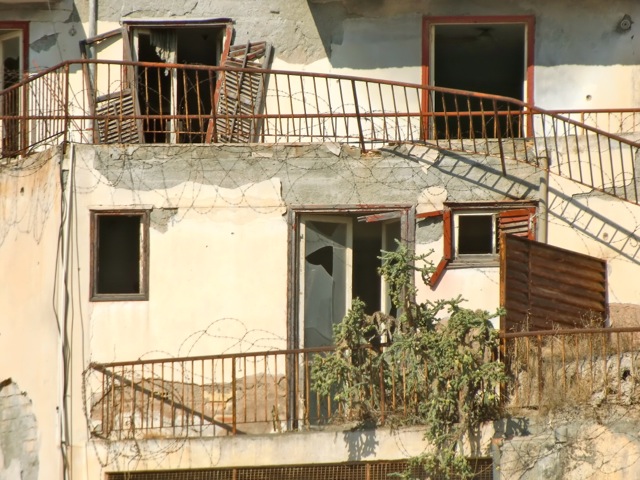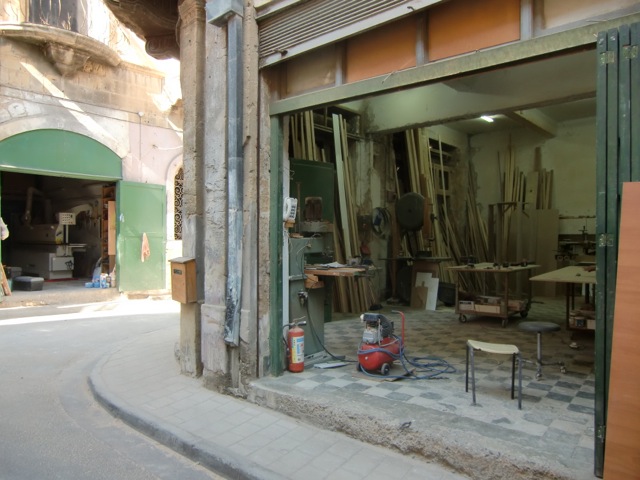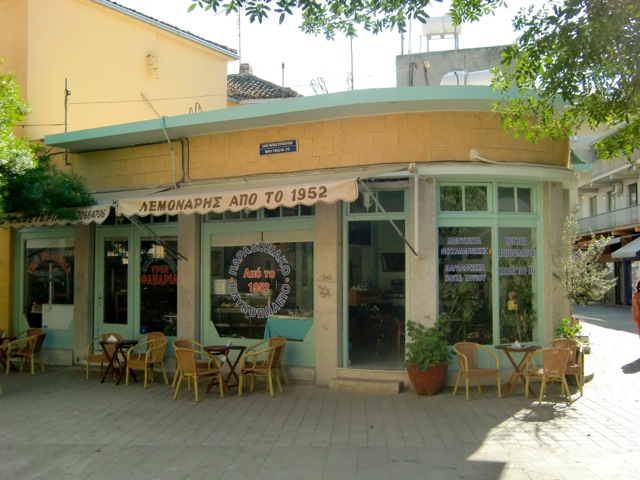by Ares Kalandides
In the last days of October I was in Nicosia for a two-day seminar on Place Branding. I had the opportunity to talk to a journalist from the paper Cyprus Weekly, who asked me several questions about the practice of Place Branding. Here is a part of this interview
Q: As Managing Director of INPOLIS with an expertise in place branding worldwide, what is your position on place branding in Cyprus, and how it relates to place identity? What factors contribute to the perception of a place, and why is it essential to define them through branding? E.g. architecture, economic and cultural planning, contemporary marketing techniques, urban design? What influences place branding, or the perception/ image of a place?
A: By place identity we mean many different things. The easiest way, is to say that place identity is what a place is (uniqueness) and what it isn’t (distinctiveness). Yet, place identity can be (and usually is) fragmented, heterogeneous or even conflictual. Also, place identity is not static and does not only refer to history or tradition. History and tradition may play a significant role in place identity, but a place’s present has an equally important part in it – as well as an open perspective to the future. Place image on the other hand refers to the (collective) way that a place is perceived and is strongly related to – though not identical with – place identity. Place Branding for me is the strategic approach to improving place image.
Q: How is the issue of place branding in Cyprus different from that of other cities in the world facing the challenge? How does place branding in Cyprus relate to its dichotomised history and present fragmented state? What are the future implications for place branding in Cyprus?
A: Cyprus, the way I see it, faces two main challenges related to place branding: Through the occupation of the North, residents identify with the island in very different, conflicting ways. This by no means signifies that other places are not fragmented: Class, origin, ethnicity, religion etc. are very common lines of fragmented identities. The particularity of Cyprus is that the delineation is a border, which becomes a symbolic line of conflict. The second challenge refers to distinctiveness: of course Cyprus is unique – and so is every place – but how much do we know about the way it is perceived from outside? In what ways it distinguished from neighbouring countries such as Greece, Turkey or the Middle East?
Q: What is the importance of place branding for local Cypriot stakeholders? Will branding position Cyprus on the global stage?
A: For the local stakeholders Place Branding for Cyprus can be an important exercise to work together in producing on the one hand a common vision and on the other in considering different models of cooperation and participation. Branding can position Cyprus on the global stage, but branding alone is not enough: It will be mostly political, economic or cultural decisions that will play a central role. Place Branding can assist, but not replace the above.





Pingback: Measure It, Compare It, Monitor It | Places.